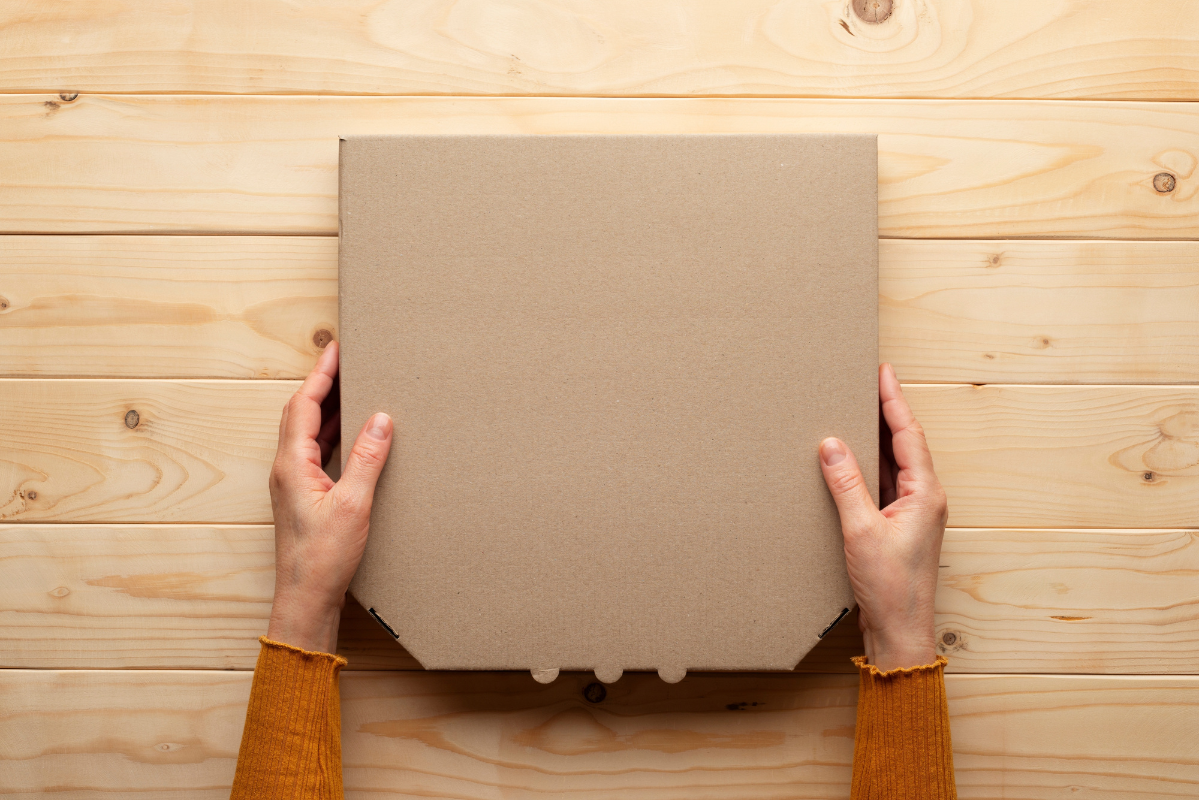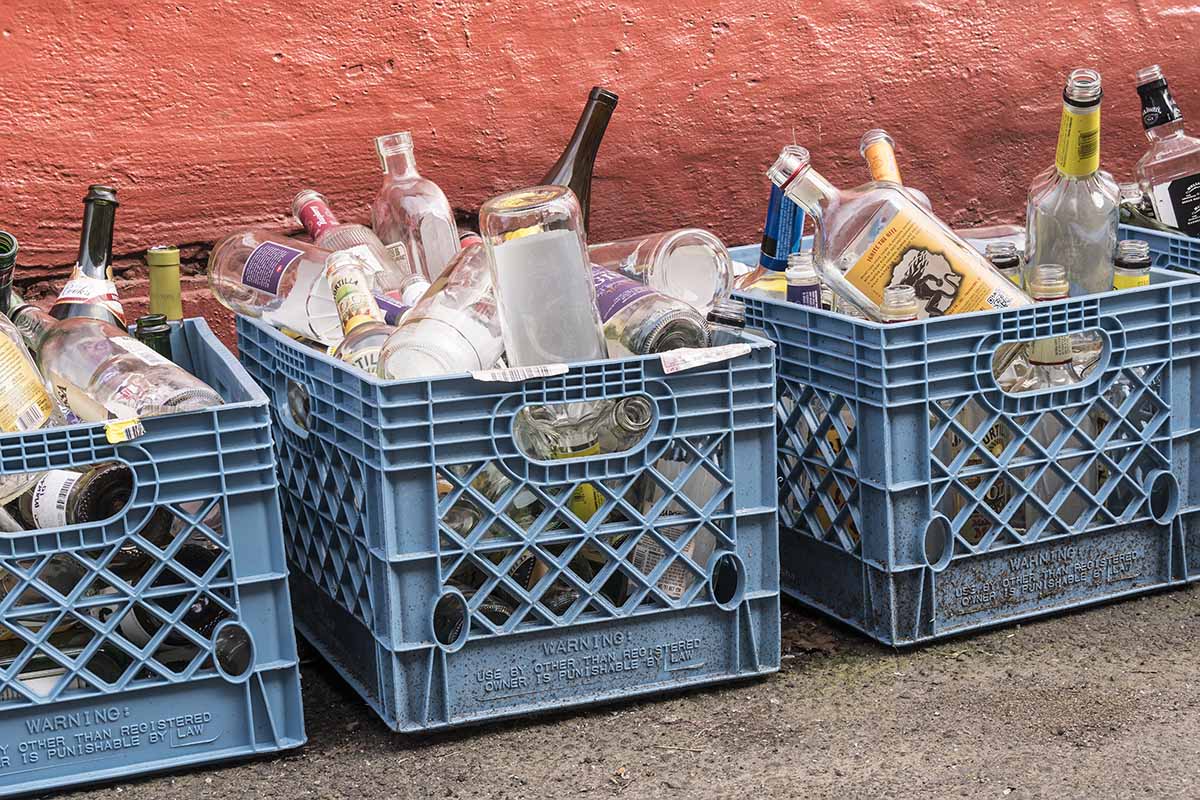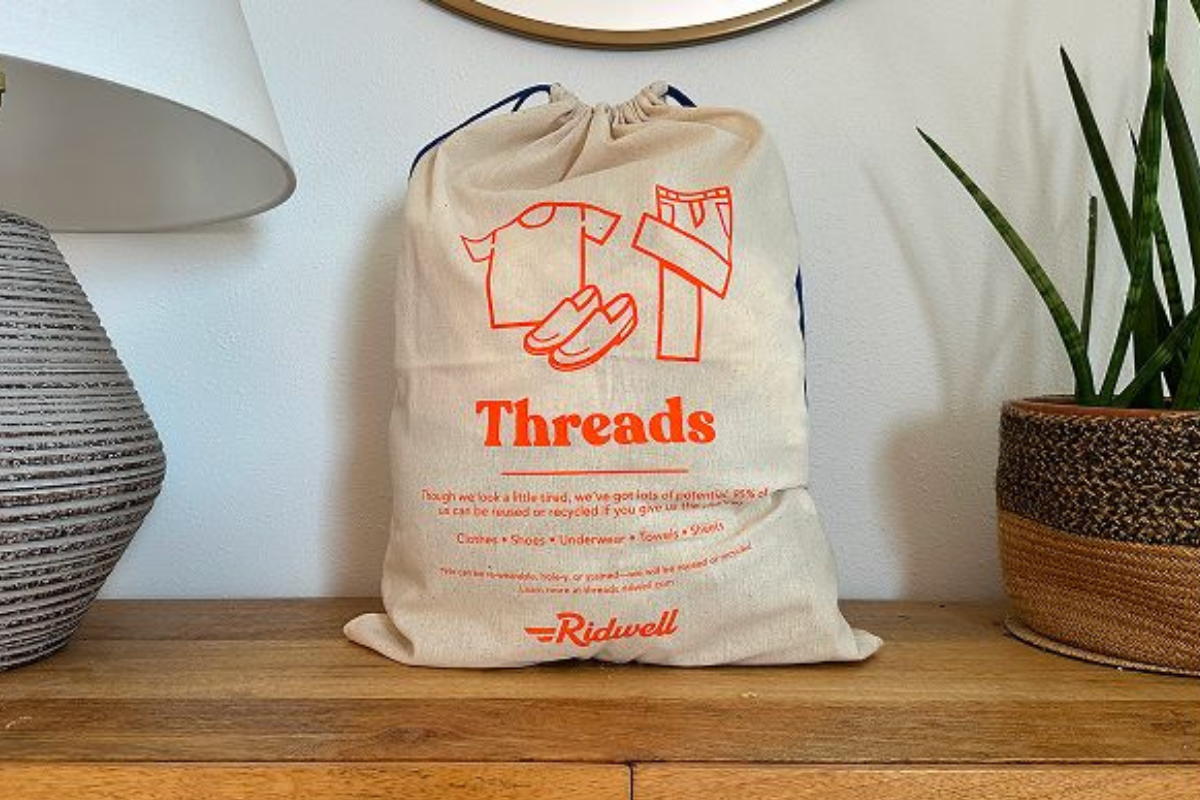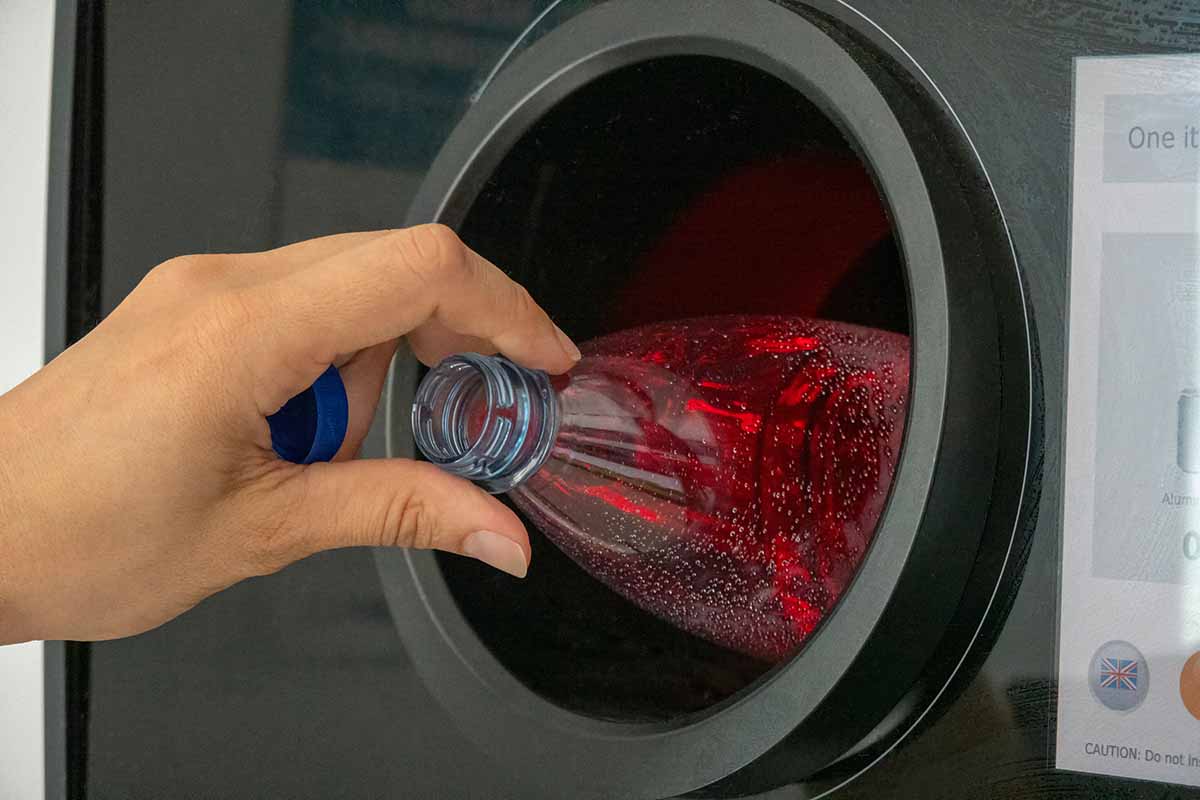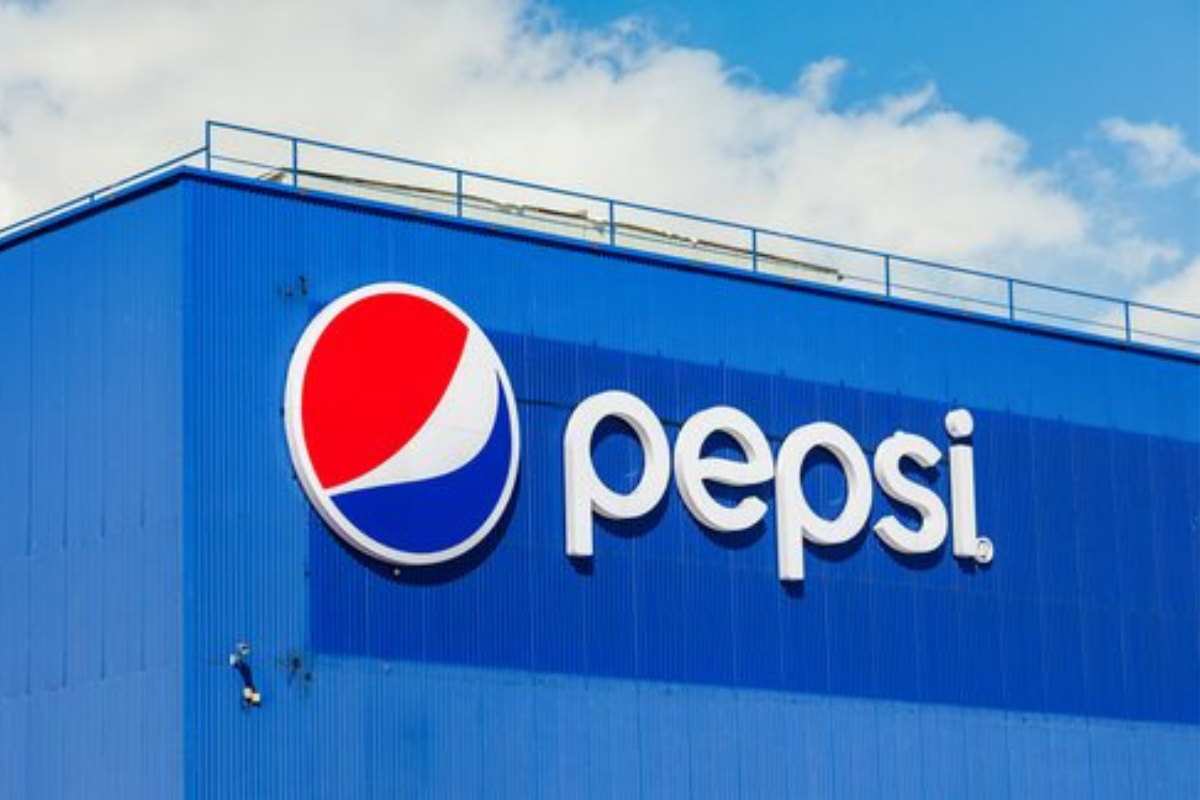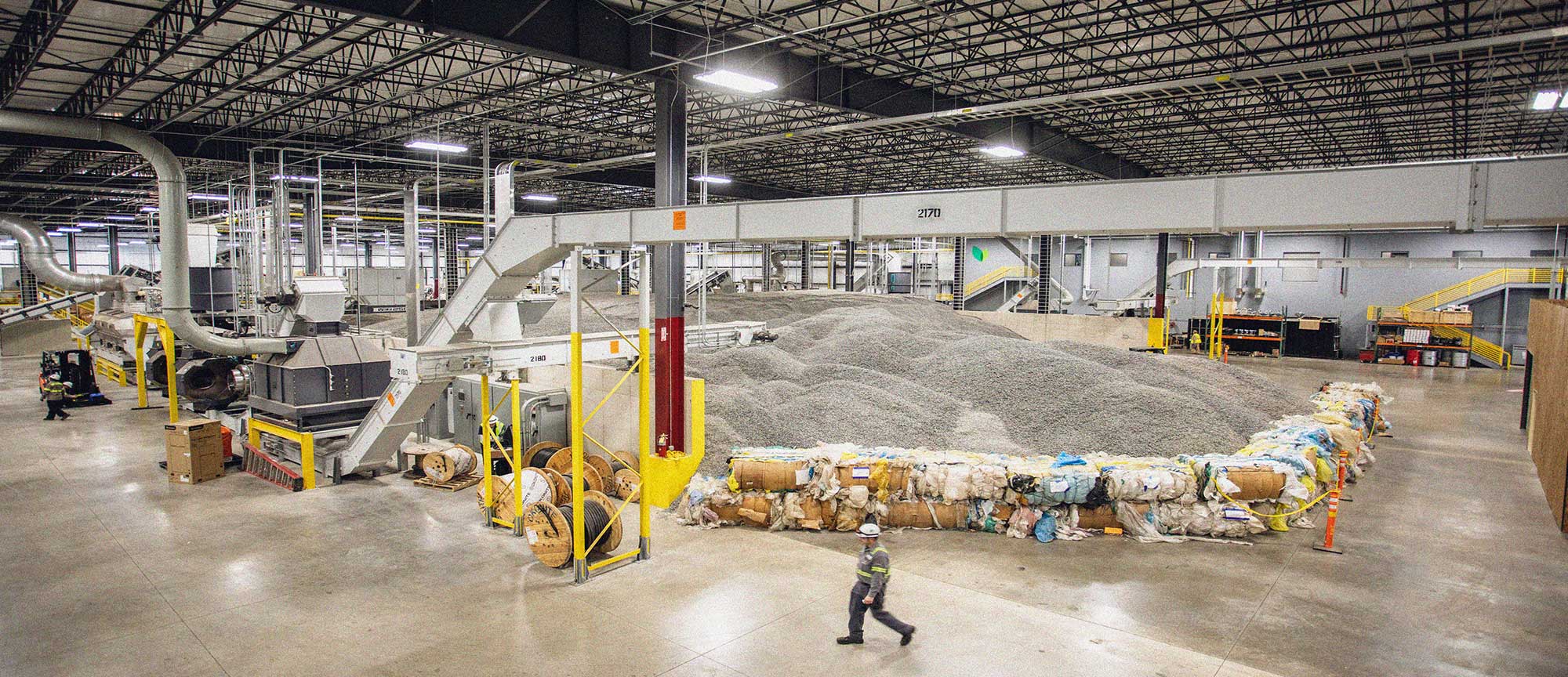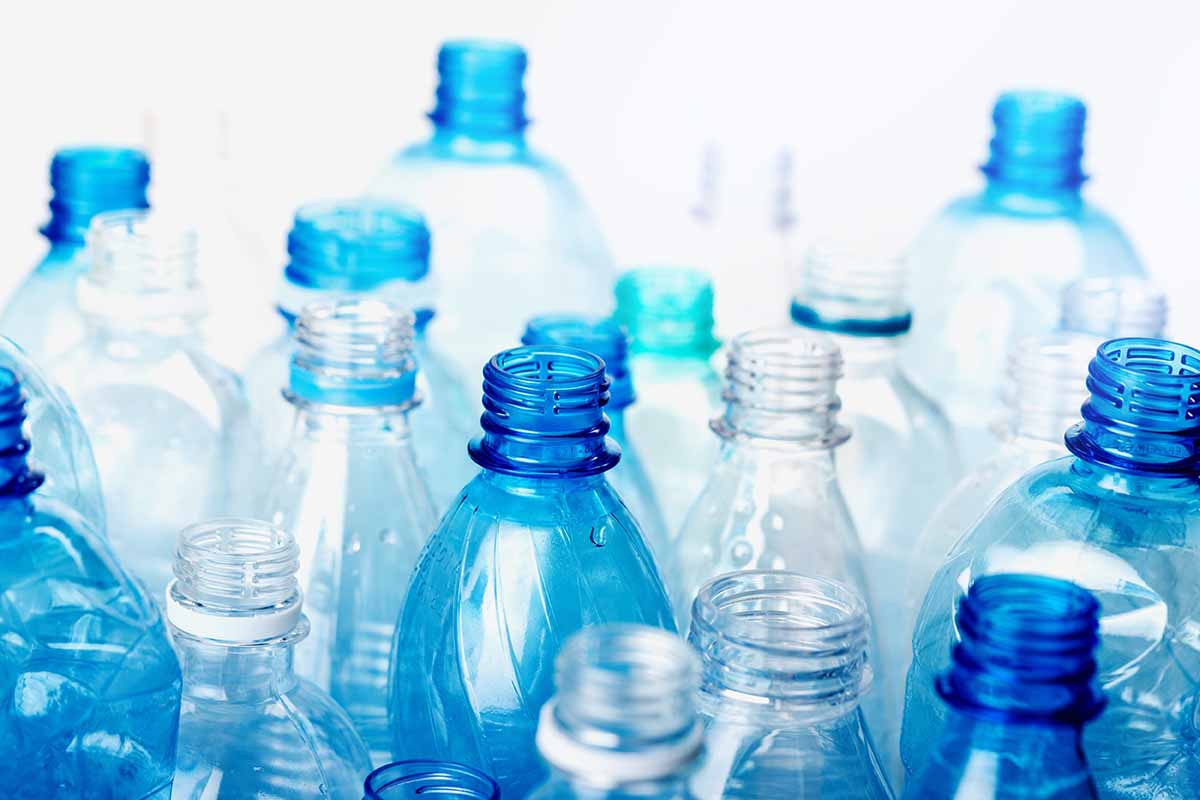
On opposite sides of the country, Maine and California are both adjusting their bottle bills. | Billion Photos/Shutterstock
California is finalizing the implementation of changes to its deposit return system for beverage containers, while Maine legislators sent a bill to the governor that would delay previous passed changes. Continue Reading


